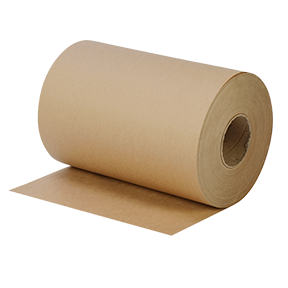The Evolution and Impact of Wine Packaging
Wine packaging plays a crucial role in the wine industry, not only as a means of protection and preservation but also as a significant marketing tool. Over the centuries, wine packaging has evolved dramatically, influenced by changing consumer preferences, technological advancements, and environmental considerations. Today, wine packaging is as varied as the wines themselves, encompassing bottles, boxes, and even cans.
Historically, wine was stored in clay amphorae and later in wooden barrels, with glass bottles becoming the standard in the 17th century. The introduction of glass bottles transformed wine storage and transportation, ensuring better preservation of the wine’s quality. The dark glass protectively shielded wine from sunlight, which can cause undesirable chemical reactions. Additionally, the adoption of cork stoppers marked a turning point in wine packaging, allowing for proper aging and preventing spoilage.
In recent years, the wine industry has witnessed a shift from traditional glass bottles to alternative packaging formats. Elegant boxes, often made from cardboard or paper, are gaining popularity, especially for premium wines. These packages provide a unique unboxing experience and are often eco-friendly, appealing to today’s environmentally conscious consumers. Furthermore, boxes can be designed to hold multiple bottles, making them ideal for gifting or sharing.
Another innovation in wine packaging is the introduction of wine in cans. This format has become increasingly popular among younger consumers who appreciate its convenience, portability, and recyclability. Canned wine is perfect for outdoor events, picnics, or casual gatherings, where the risk of breaking glass poses a concern. The canning process also protects the wine from oxidation and spoilage, ensuring that it maintains its flavor profile.
wine packaging

Sustainability has become a key driver in the evolution of wine packaging. With growing awareness of environmental issues, many wineries are seeking to minimize their carbon footprint through eco-friendly packaging solutions. Lightweight bottles, eco-conscious labels, and alternative materials like plant-based plastics are increasingly being utilized. Some wineries are even opting for refillable containers, encouraging customers to bring back their bottles for reuse, effectively reducing waste.
Consumer trends significantly influence the direction of wine packaging. The millennial generation, in particular, is reshaping the wine market with their preferences for sustainability, convenience, and aesthetic appeal. Brands are responding by designing eye-catching labels and innovative packages that stand out on retail shelves. The storytelling aspect of packaging has also gained traction, with many wineries using their labels to convey their heritage, sustainability practices, and even tasting notes.
Moreover, the rise of e-commerce has necessitated improvements in wine packaging. As online wine sales grow, ensuring that bottles arrive safely at their destination is paramount. Wineries and retailers are now investing in protective packaging that prevents breakage during shipping while still highlighting the product’s unique characteristics. Innovations such as padded boxes, molded pulp inserts, and biodegradable cushioning materials have emerged in response to this need.
In conclusion, wine packaging is more than just a means to contain and transport wine; it is a reflection of consumer interests, technological advancements, and environmental responsibility. From traditional glass bottles to modern cans and eco-friendly boxes, the evolution of wine packaging mirrors changes in consumer behavior and industry standards. As the market continues to evolve, the focus on aesthetics, functionality, and sustainability will undoubtedly shape the future of wine packaging. The journey of wine from vineyard to glass reflects not only the artistry of winemaking but also the ingenuity of packaging in enhancing the overall wine experience. As we look ahead, it will be fascinating to see how innovative solutions continue to transform the landscape of wine packaging in the coming years.



